Search
Search Results

Collection
Mesopotamian Gods
The gods of Mesopotamia are first evidenced during the Ubaid Period (c. 5000-4100 BCE) when temples were raised to them, but their worship developed during the Uruk Period (4100-2900 BCE) and their names appear in writing beginning in the...

Article
The Mesopotamian Pantheon
The gods of the Mesopotamian region were not uniform in name, power, provenance or status in the hierarchy. Mesopotamian culture varied from region to region and, because of this, Marduk should not be regarded as King of the Gods in the same...
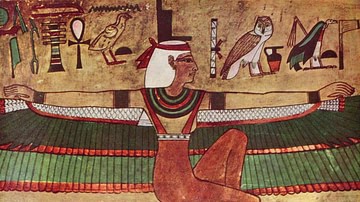
Image Gallery
A Gallery of Ancient Egyptian Gods & Goddesses
The gods and goddesses of ancient Egypt were an integral aspect of the peoples’ daily lives, inhabiting not only the temples thought to be their homes but the streams, lakes, plains, and trees of the land and, of course, the Nile River. The...
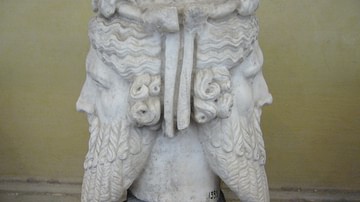
Image Gallery
Gods & Goddesses of Rebirth & Renewal Around the World
Deities representing the concepts of rebirth and renewal have been a vital aspect of the human condition for thousands of years. Early animistic belief systems venerated the sun, which later became associated with powerful deities, such as...
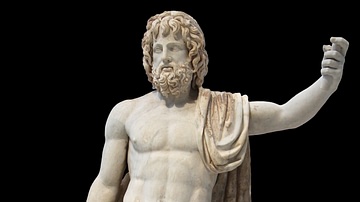
Image Gallery
Visual Guide to Ancient Roman Gods & Heroes
This gallery is a visual guide to Roman mythology. It includes some of the more influential or popular deities, heroes and spirits from Roman mythology, and their identifying features. Roman mythology was a collection of legends and traditions...
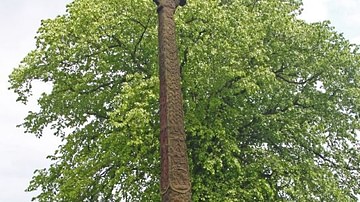
Image Gallery
A Gallery of Norse Gods & Yule Traditions
The Norse tradition of celebrating Yule (Yuletide=Yule Time) influenced many of the later traditions now associated with Christmas. "Yuletide" appears in Christmas carols, is often used interchangeably with "Christmas", and many still celebrate...

Definition
Shinto
Shinto means 'way of the gods' and it is the oldest religion in Japan. Shinto's key concepts include purity, harmony, family respect, and subordination of the individual before the group. The faith has no founder or prophets and there is...
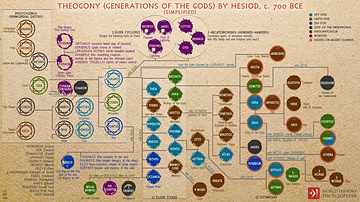
Image
Theogony (Generations of the Gods) by Hesiod, c. 700 BCE
An infographic illustrating Hesiod's Theogony (literally meaning "Birth of the Gods") - the earliest known and the only complete account of the origins of the universe and the gods according to ancient Greek mythology and tradition. Traditionally...

Video
Japanese Mythology | Izanagi and Izanami and the Birth of Gods | LittleArtTalks
The creation story of Japan illustrated with Japanese Art. The birth of the gods Izanagi, Izamani, Amaterasu, Tsukuyomi, and Takehaya Susanoo, and why the emperor is divine. Japanese Art History Series: https://www.youtube.com/playlist?list=PL5P9k3ykmuk67bPn0DL1RV5KbGvUZnM1f...
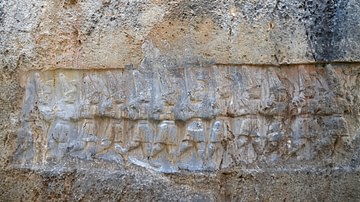
Image
Twelve Gods of the Underworld, Yazilikaya Hittite Sanctuary
West wall of Chamber B of the Yazilikaya Hittite Sanctuary near Hattusa (13th century BCE) depicting the Twelve Gods of the Underworld. They wear short shirts, belts and shoes curling up at the toe. They each carry a crescent-shaped sword...